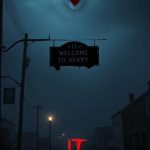Rear Window (1954)
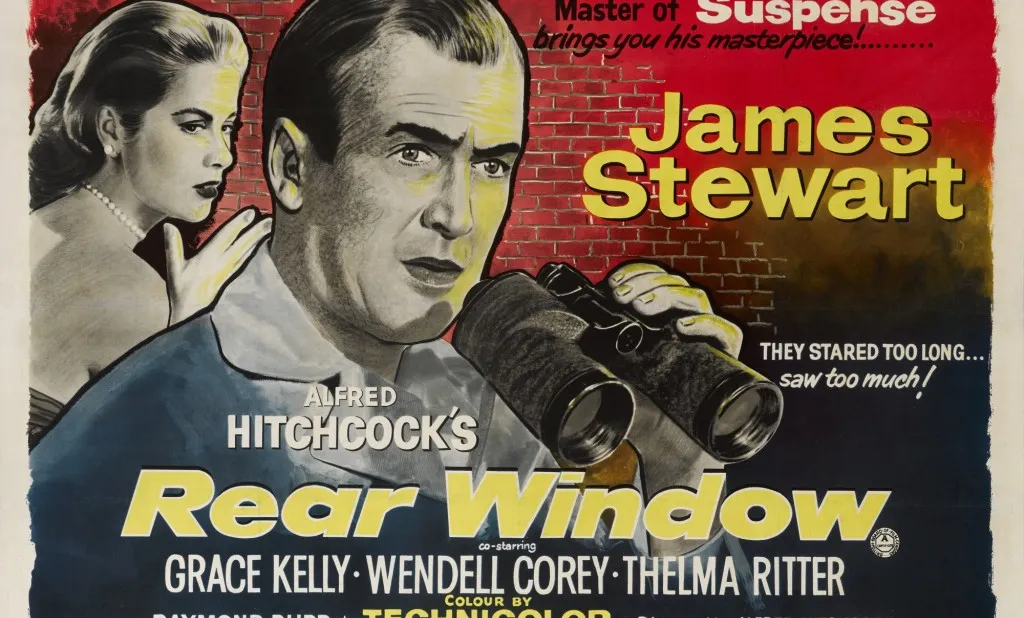
Rear Window (1954) is a suspenseful thriller directed by the master of tension, Alfred Hitchcock. Based on the 1942 short story It Had to Be Murder by Cornell Woolrich, the film features a gripping narrative and outstanding performances from its cast, including James Stewart, Grace Kelly, Thelma Ritter, Wendell Corey, and Raymond Burr. This film remains one of Hitchcock’s most iconic works, blending elements of mystery, suspense, and psychological drama to create an unforgettable cinematic experience.
The plot of Rear Window centers on L.B. “Jeff” Jeffries (James Stewart), a photographer who is confined to a wheelchair after breaking his leg. To pass the time, Jeff begins observing his neighbors through the rear window of his apartment. As he watches their daily lives unfold, Jeff becomes suspicious that one of his neighbors, Lars Thorwald (Raymond Burr), may have murdered his wife. As Jeff enlists the help of his girlfriend Lisa Fremont (Grace Kelly) and his nurse Stella (Thelma Ritter), they investigate the case, leading to a thrilling and suspenseful climax.
James Stewart delivers a remarkable performance as Jeff, capturing the character’s growing obsession and paranoia. His portrayal of a man confined by his physical limitations, yet determined to solve the mystery unfolding in front of him, is both relatable and compelling. Grace Kelly, as Lisa Fremont, provides a graceful counterbalance to Stewart’s character. Her performance adds both charm and strength to the story, as she transitions from a skeptical romantic interest to an active participant in the investigation. The chemistry between Stewart and Kelly is palpable, making their interactions both engaging and essential to the plot’s progression.
Hitchcock’s direction is exceptional, as he masterfully builds suspense by using the confined setting of Jeff’s apartment and his limited perspective. The film takes place almost entirely within the four walls of Jeff’s apartment, with the rear window serving as the primary lens through which the audience experiences the unfolding events. This sense of confinement heightens the tension and mirrors Jeff’s own feeling of being trapped in his physical condition. Hitchcock also plays with the audience’s emotions, encouraging them to question whether Jeff’s suspicions are valid or merely the result of his isolation and boredom.
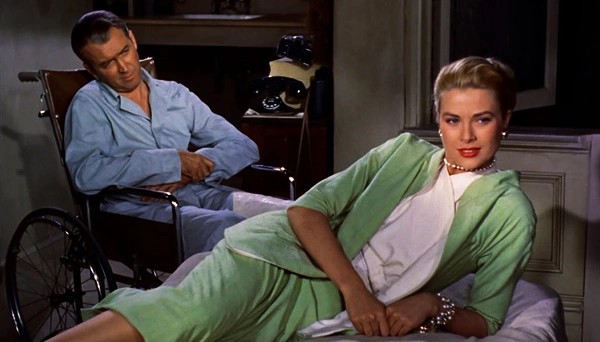
The film’s cinematography and set design are crucial to its success. The camera work, designed by Robert Burks, often restricts the viewer’s field of vision, much like Jeff’s limited perspective as he watches the world outside. The window itself acts as both a literal and figurative barrier between Jeff and the truth, emphasizing the theme of voyeurism and the ethics of observation. The apartment complex courtyard, where the action takes place, is meticulously constructed to include numerous details that contribute to the atmosphere of suspicion. Every window in the courtyard tells a small story, adding layers to the narrative and inviting the audience to interpret the events unfolding.
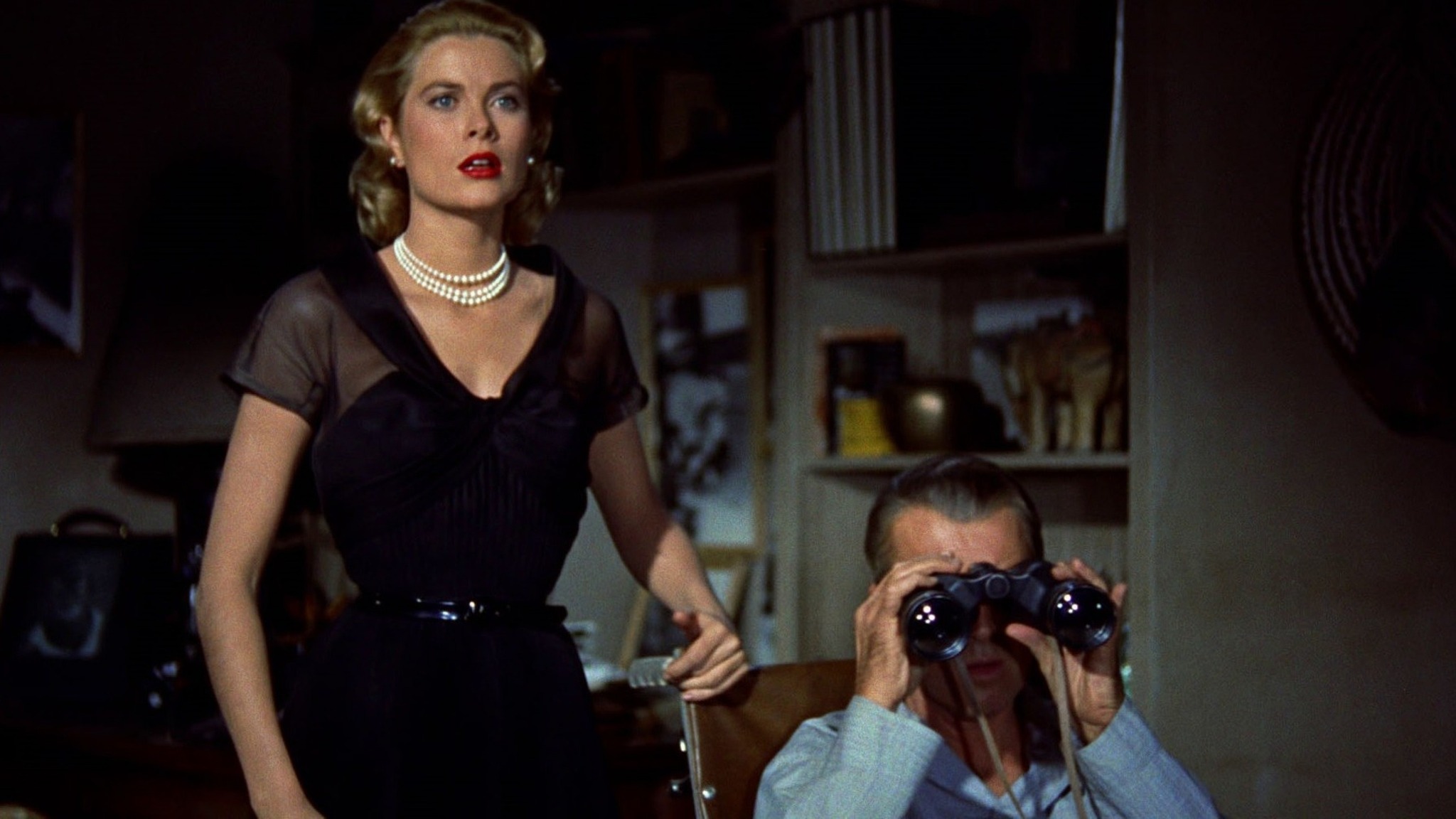
Rear Window also explores themes of voyeurism, privacy, and human curiosity. Jeff’s fascination with his neighbors’ lives raises important questions about the ethics of watching others and whether it is possible to be a passive observer without becoming complicit in what is happening. Hitchcock invites the audience to participate in Jeff’s voyeurism, blurring the lines between the viewer and the watched. This unsettling dynamic adds to the film’s psychological tension, as it forces the audience to examine their own role in the story.
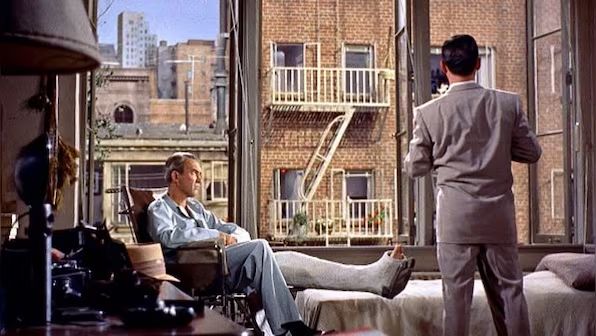
In conclusion, Rear Window is a masterful thriller that combines Hitchcock’s signature style of suspense with deep psychological and moral themes. With brilliant performances from James Stewart, Grace Kelly, and the rest of the cast, and a tightly crafted narrative that keeps the audience on the edge of their seat, the film remains one of the most celebrated works in the thriller genre. Hitchcock’s direction, along with the film’s innovative use of setting and cinematography, creates an immersive experience that explores the complexities of human curiosity and the fine line between observation and intrusion. Rear Window is a timeless classic that continues to captivate audiences with its suspense and thought-provoking themes.










